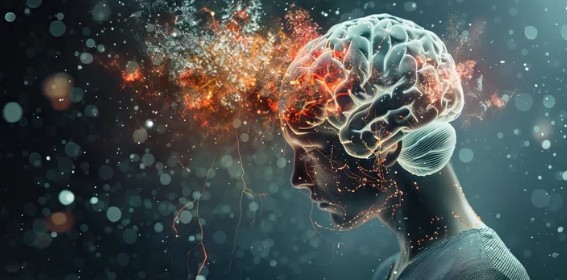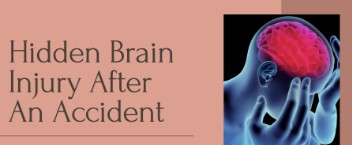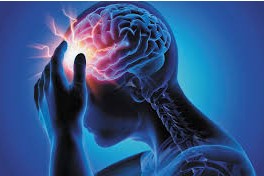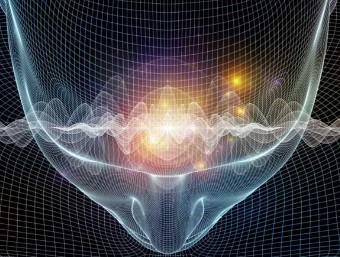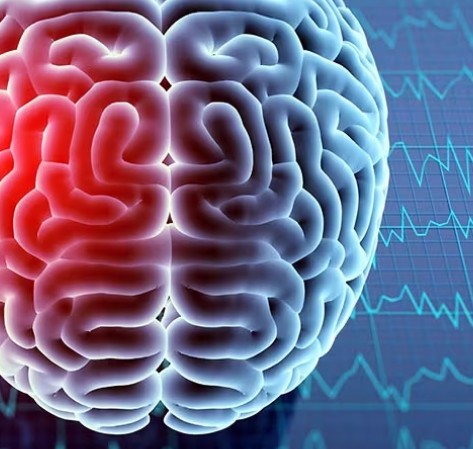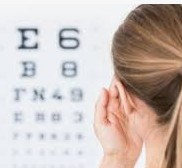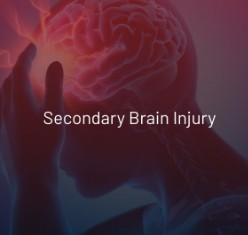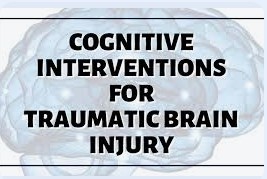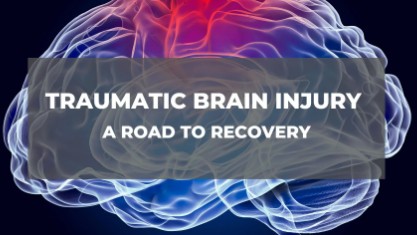About TBI-ID.com
About Karen Renee Gomez & TBI-ID.com
For 40 years, I worked in medical litigation and personal injury law, ultimately specializing in identifying “hidden” traumatic brain injuries (TBIs) that had not been diagnosed. Many survivors suffer in silence, fearing their symptoms are too weird or scattered to explain—often never telling doctors, attorneys, or even loved ones.
My approach was different. I’ve been there. I could empathize with every client who had been in an accident or another type of violent injury at the hands of another, and was experiencing the strange symptoms of a TBI. I could relate and ask questions that I already knew the answers to…By reading full MRI reports instead of summaries and asking the right questions, I uncovered injuries that changed lives—including turning a $50,000 case into a $13 million settlement in less than a year ~ after they had the case for two years. I read the MRI report, catching a “shearing injury” that was not mentioned in the “Summary” on the report. I delved into every aspect of our client’s life and how her unknown TBI had affected her life for two years.
I searched for a new direction after my legal career ended in 2019, then Covid, then a 3-year telemarketing job. At 3 AM on Christmas morning 2024, I woke up with a powerful, undeniable message: “DO.WHAT.YOU.DO.”
At first, I thought I was meant to help young personal injury attorneys who had just started their own firms. But no doors opened, and instead, I kept expanding an idea—from identifying TBIs for clients to creating a comprehensive resource for prevention and for survivors.
Three months later, TBI-ID.com was born—a site dedicated to:
- Guiding TBI survivors through self-rehab therapy.
- Explaining symptoms & recovery strategies backed by research.
- Connecting individuals to top-rated recovery tools for neuroplasticity and healing.
Why TBI-ID.com Exists
This site is more than just a resource—it’s my life’s work, built to give TBI survivors the tools, knowledge, and self-rehab strategies they need to navigate recovery.
Here, you’ll find:
-
Guidance on identifying TBI symptoms—even the ones doctors often miss.
-
The science behind self-rehab therapies, backed by research.
-
A curated SHOP page featuring top-rated TBI recovery apps, adaptive devices, and rehab tools to support neuroplasticity and healing.
As a survivor of double-digit TBI’s over the last 50 years, I know firsthand the frustration, confusion and isolation that comes with these injuries – including short-term memory loss – not knowing if I was going up or down the stairs, to having doctors ignore you or actually tell you “It’s all in your mind!” – to trying to navigate recovery on your own because the treatment they prescribed didn’t work, and there weren’t a lot of other resources at the time.
That’s why TBI-ID.com exists—to ensure no one has to struggle in silence, alone, unheard, unrecognized, and not knowing where to turn for help. It is for every survivor searching for answers, every caregiver looking for guidance, and everyone who refuses to settle for limited options. If my work helps even one person find clarity and hope—it’s worth it.
I created the TBI Questionnaire – you can print it, complete it at home, and take it with you to the doctor and your attorney – so you don’t even need to say a word. Less stressful for you, and saves a lot of time for your appointments with your doctors and attorney.
01-30-25 rev RESUME re TBI.pdf
Aug 1998 Cherie Parker – Letter.pdf


MARCH WAS BRAIN INJURY
AWARENESS MONTH!
BUT…We want to raise Awareness every day of the Year!
Brain Injury Association of America
Get Involved! Raise Awareness! Become an Advocate! Donate!
